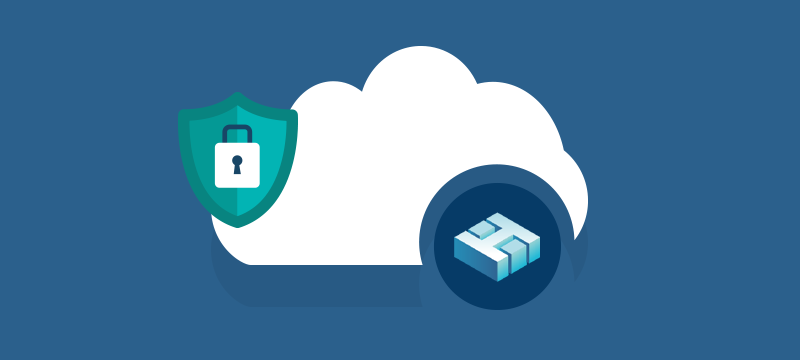Cloud adoption has increased to such a scale that almost every enterprise makes some use of it. While it offers a myriad of benefits, from cost-savings to increased speed to market, like any other IT system, organisations need to implement robust security measures to keep their cloud systems protected against today’s advanced threats. In this article, we discuss the key elements of cloud security that enterprises need to consider.
Understand system weaknesses
The basis of good security comes through knowing where strengths and weaknesses lie so that any issues can be addressed. The chief way to do this is to carry out a security audit using a security analytics tool. There are numerous third-party providers now offering this service. The security score that an enterprise receives will indicate how secure its current system is and identify the areas where it remains vulnerable and action is required. A good security analytics tool will also prioritise the actions that are needed to eradicate the most dangerous threats first.
Access control
Access control is the process of controlling which parts of an enterprise’s system, applications and data that individual users can access. Putting this in place means that if a hacker from outside the company got hold of a user’s login credentials, they would only have the access privileges that the user had been granted. It also prevents malicious employees from accessing data that they could potentially do harm with. Organisations can strengthen security by limiting access to just the applications and data that individuals need to carry out their roles. Most importantly, admin access should be restricted only to those employees who need it.
Companies can further enhance access security by operating a zero-trust policy, where everything, not just users, which attempts to access the system must be authenticated. At the same time, by implementing two-factor authentication, even if someone’s login credentials do get discovered, the chances of these being used to gain access are radically reduced.
Secure infrastructure, apps and data
To ensure infrastructure, applications and data are secure, enterprises will need to implement a multi-layered strategy across their data, network and providers. In order to avoid any gaps, one of the key elements is to understand exactly what aspects of security are the organisation’s responsibility and which are those of the cloud provider. For example, with Infrastructure as a Service (IaaS), the organisation is responsible for the security of both the OS and its applications, while with both platform and software as a service (PaaS and SaaS), the vendor will have increased security responsibilities.
Enterprises should follow standard best practices in how they operate, including scanning open-source software for vulnerabilities and implementing encryption in transit and at rest.
Threat detection
A sound security setup should enable an enterprise to swiftly detect and respond to developing threats. Any security system should be able to detect threats against all its resources, including storage, databases, virtual machines and, if used, IoT devices.
The best way to achieve this is to use a cloud provider, like Hyperslice, that uses threat intelligence in a way that enables it to proactively defend enterprises from incoming threats. We use next-gen FortiGate firewalls that feature an Intrusion Prevention System (IPS) and In-Flow Virus Protection. As a result, threats are detected and isolated before they can reach our clients’ servers.
Network protection
This is another area where collaboration with the service provider is key in order to ensure strong security. Choose a vendor that provides robust firewall security, like FortiGate, that defends perimeters and detects malicious activity. Its web application firewalls, meanwhile, will also protect web apps from XXS and SQL injection attacks.
Important in your choice of provider is also the ability to identify and block DDoS attacks against networks and applications. This is vital for those organisations that have critical applications that need to remain available.
Backup and continuity
While the security measures above will help defend against threats, if the worst does happen, a backup and continuity solution is vital if an enterprise is to achieve its recovery time and recovery point objectives. Using an industry-leading solution, like Veeam, enterprises are provided with VM backup, replication and encryption that ensures data is secure in incidents of system failure, bad updates, ransomware, data corruption or human error. Backups can be scheduled at the frequency organisations need to meet recovery point objectives and they are tested for integrity to ensure they are not corrupted and can be used for restoration if required.
Conclusion
As cloud adoption has become ubiquitous, the more it has attracted the attention of cybercriminals. Keeping cloud systems secure is, therefore, of utmost importance. Hopefully, this article has identified the key areas of security enterprises need to address and how vital it is to choose a cloud service provider, like Hyperslice, that delivers robust protection for its clients.
For more information, visit Hyperslice.com

